News
-
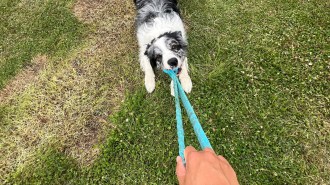 Animals
AnimalsTug or fetch? Some dogs sort toys by how they are used
Dogs that easily learn the names of toys might also mentally sort them by function, a new example of complex cognitive activity in the canine brain.
-
 Health & Medicine
Health & MedicineA new drug shows promise for hard-to-treat high blood pressure
Results from a large trial suggest baxdrostat could provide a new option for people whose blood pressure remains high despite standard treatment.
By Isha Ishtiaq -
 Health & Medicine
Health & MedicineCOVID-19 is still a threat, but getting a vaccine is harder for many people
Vaccination is still important to ward off the worst of the coronavirus. Three experts discuss the concerns with restricting access.
-
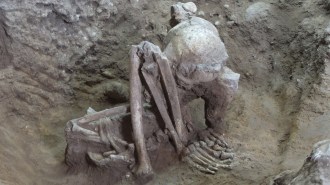 Anthropology
AnthropologyThe oldest known mummies have been found — in Southeast Asia
Southeast Asian groups mummified bodies over smoky fires before burying them as early as 12,000 years ago, long before Egyptians began making mummies.
By Bruce Bower -
 Materials Science
Materials ScienceSalt can turn frozen water into a weak power source
Experiments reveal that when slabs of salty ice are strained, electricity is generated, though practical uses are still a long way off.
By Nikk Ogasa -
 Earth
EarthRecycled glass could help fend off coastal erosion
Sand made from recycled glass can be mixed with sediment to make a medium for plants to grow in. That can help with coastal restoration projects.
By Jude Coleman -
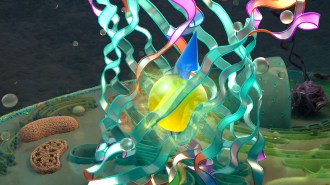 Physics
PhysicsScientists made a biological quantum bit out of a fluorescent protein
Researchers could use quantum effects to develop new types of medical imaging inside cells themselves.
-
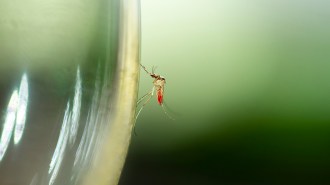 Humans
HumansWant to avoid mosquito bites? Step away from the beer
A Dutch music festival turned into a mosquito lab, revealing how beer, weed, sleep and sunscreen affect your bite appeal.
By Meghan Rosen -
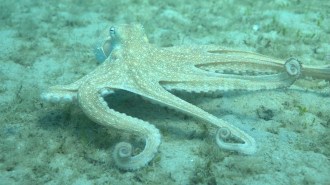 Animals
AnimalsOctopus arms are adaptable but some are favored for particular jobs
Octopuses are ambidextrous, a new study finds, but they favor their front arms for investigating surroundings and their back arms for locomotion.
By Jake Buehler -
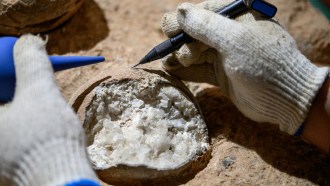 Paleontology
PaleontologyCrystallized dino eggs provide a peek into the tumultuous Late Cretaceous
Definitively dating the age of a clutch of fossil dinosaur eggs at a famous site in China may let scientists link eggshell features to environmental shifts at the time.
- Physics
A ‘ringing’ black hole matches scientists’ predictions
Gravitational waves emitted after two black holes coalesced agree with theories from physicists Stephen Hawking and Roy Kerr.
- Health & Medicine
The brain preserves maps of missing hands for years
Countering the idea of large-scale rewiring, women whose hands were removed retained durable brain activity patterns linked to their missing fingers.